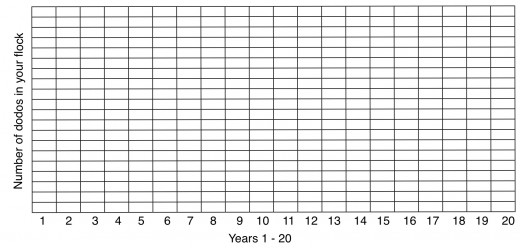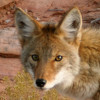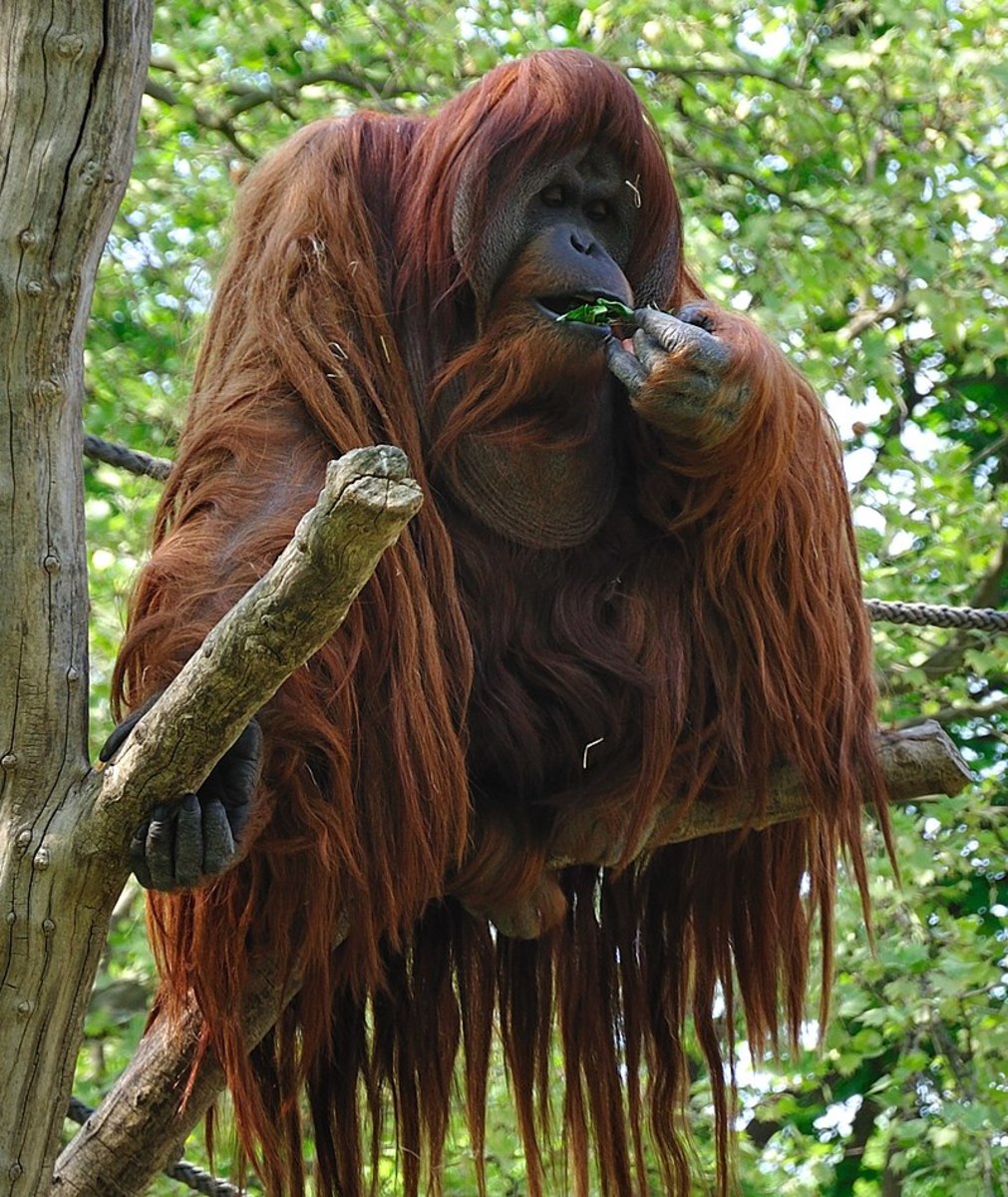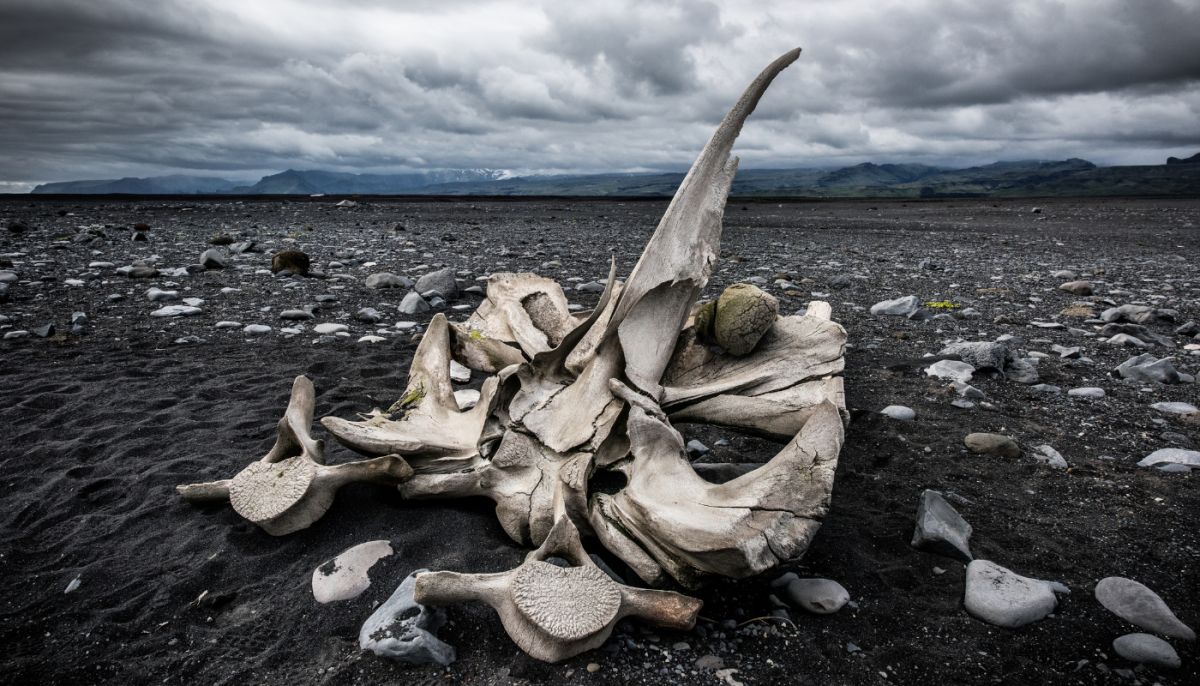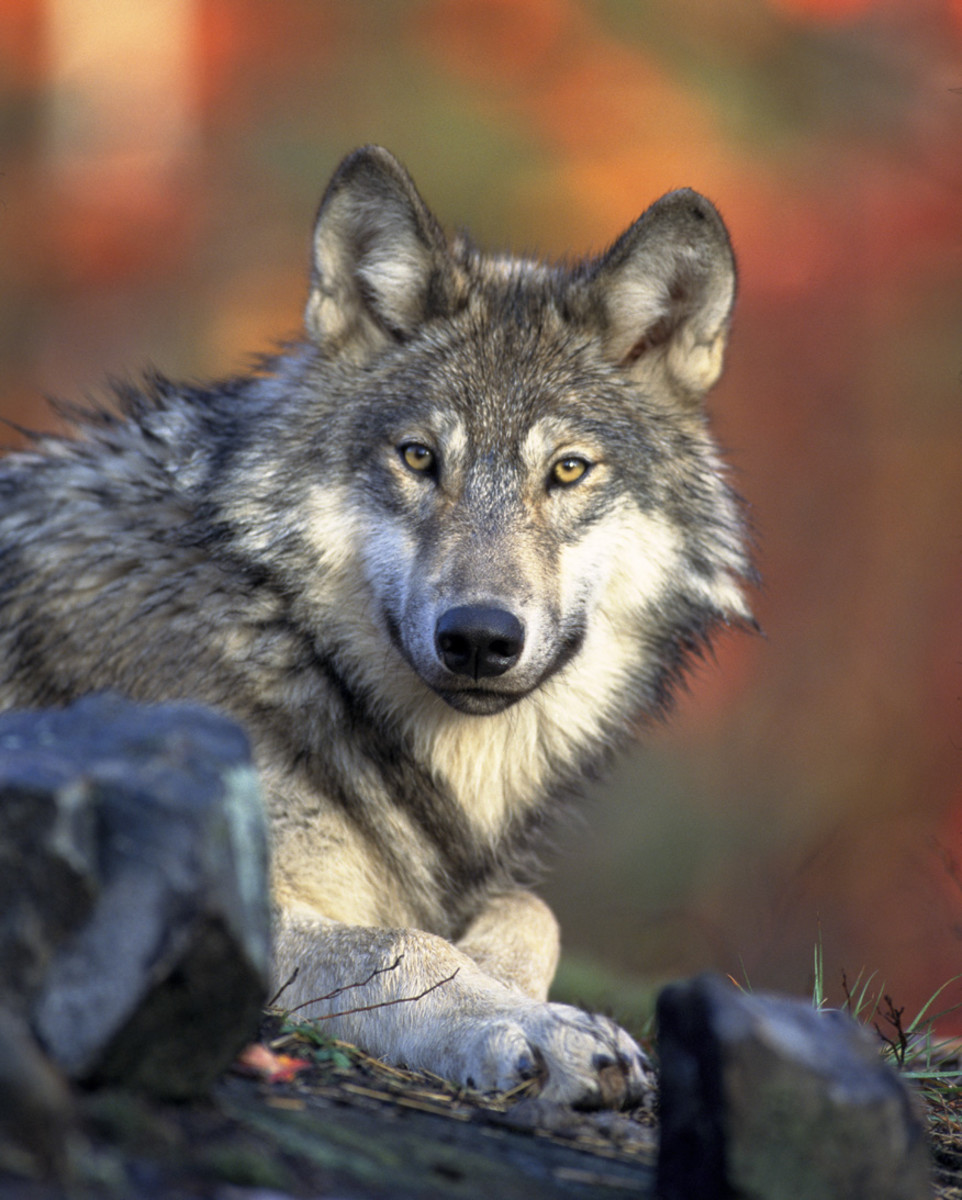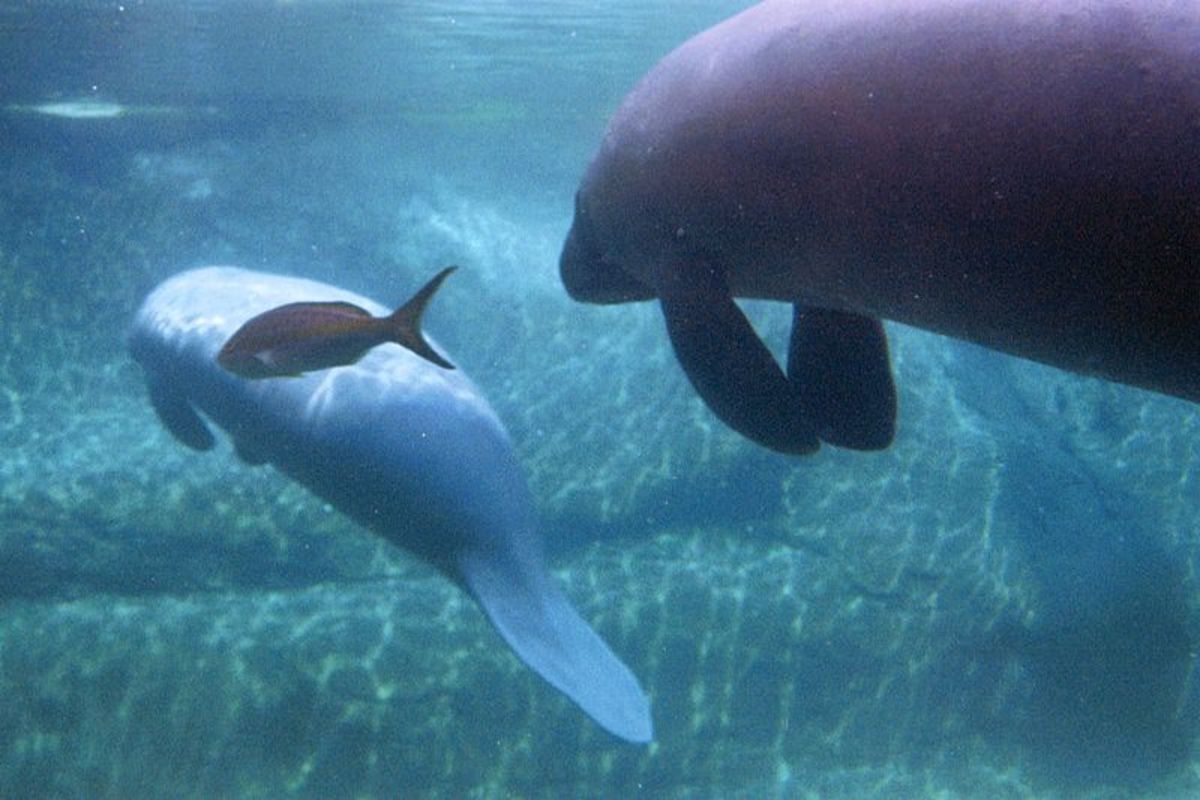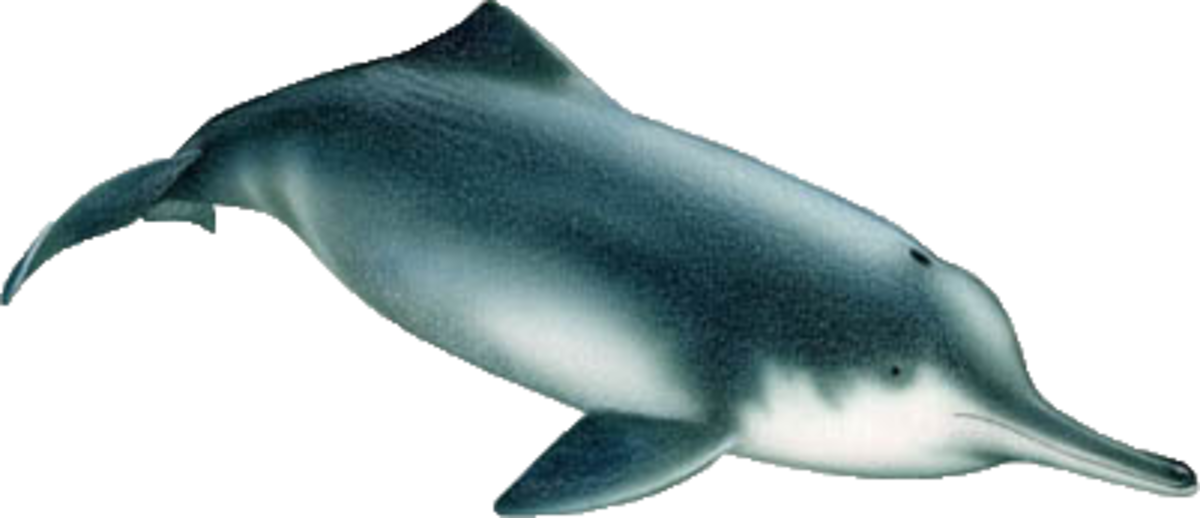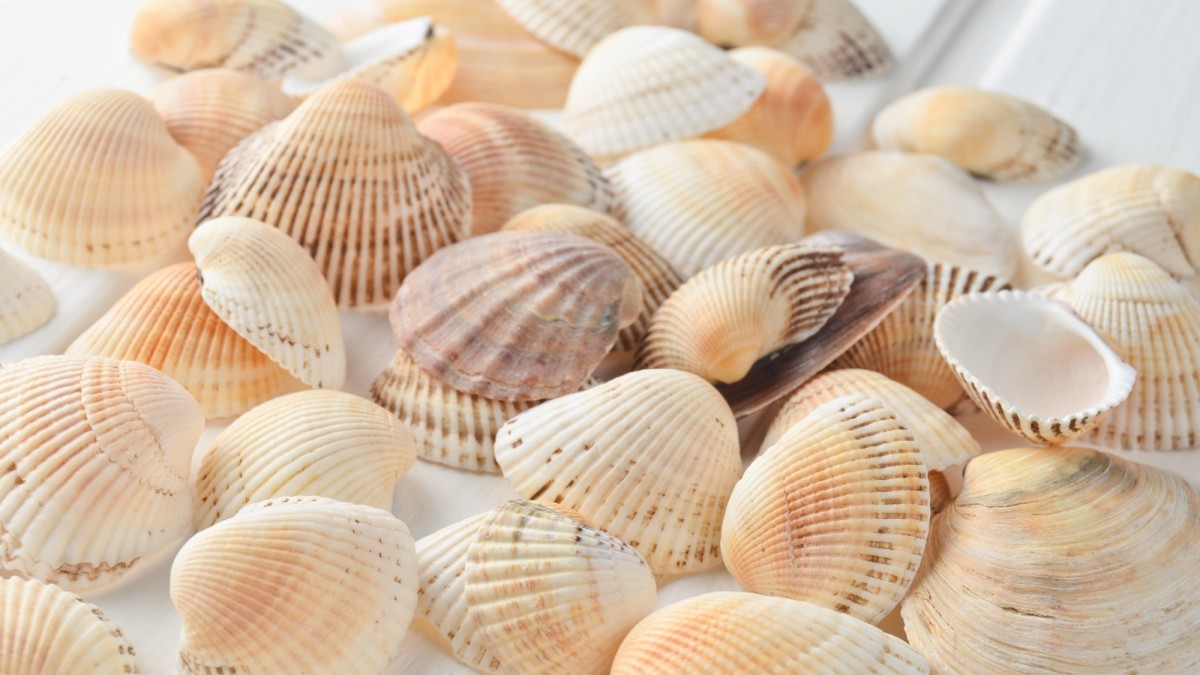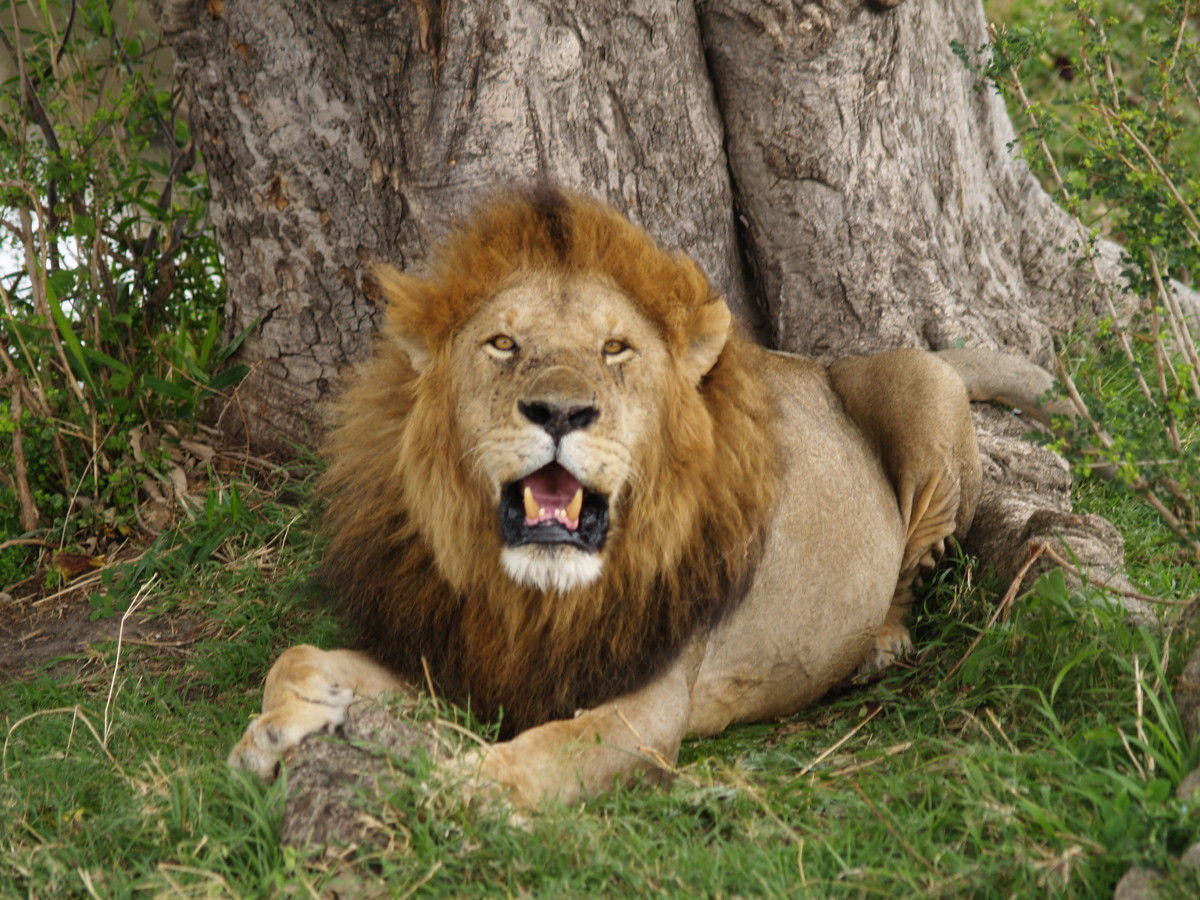Learning about endangered species
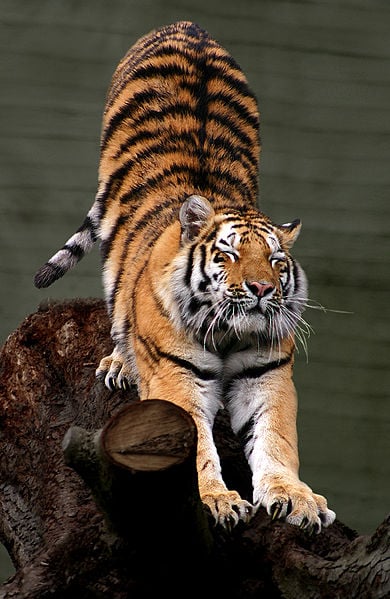
What is the Endangered Species Act?
In 1973 the Endangered Species Act became law. It was established to protect plants and animals that are at risk of becoming extinct.
The U.S. Fish and Wildlife Service was given stewardship over the list of endangered or threatened species and has the authority to decide if a species should be added to the list, receive a change in classification, or be removed from the list.
Endangered Species Act Classifications
Endangered - These are plants or animals that are at risk of extinction throughout a significant portion of their habitat.
Some animals that are listed as endangered include polar bears and whooping cranes.
Threatened - Species that are likely to become endangered in the near future.
Some examples of threatened animals include the Canada lynx and the Utah prairie dog.

As of 2000, there are some 1500 animal species and over 700 plant species listed as endangered and an additional 300 species considered threatened.
Extinction
The tragedy of extinction is not something we often think about. We usually think of ancient history when we hear the word “extinct” and picture critters like dinosaurs.
Unfortunately, extinction is still a problem even today. Since 2000 there have been six animal species that have become extinct in spite of our best efforts to save them.
Passenger Pigeon
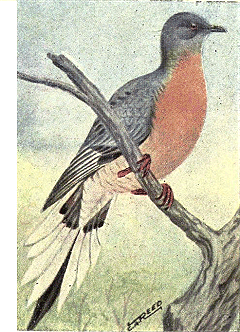
What does it mean when we say an animal is extinct? A species becomes extinct when the last living member of that group dies.
When we think of extinct animals, the one that often comes to mind is the Passenger Pigeon. These birds were once very numerous in the United States, but habitat loss and commercial hunting led to the eventual extinction of the species.
In 1866 one flock of these birds was described as being one mile wide and 300 miles long. It took 14 hours for the flock to fly past a single point and there were an estimated 3.5 billion birds in the flock.
About 50 years later the last living Passenger Pigeon died in the Cincinnati Zoo.
This shocking decline from billions of birds to extinction helped make people aware of the importance of working to preserve our natural treasures. Despite efforts to identify and protect threatened species we continue to lose species to extinction.
The I HOP principal
I
| Invasive Species
|
|---|---|
H
| Habitat Loss
|
O
| Over Consumption
|
P
| Pollution
|
What factors contribute to extinction?
To remember the contributing factors to extinction just think I HOP. These are the things that can cause a species to hop on (or off) the endangered species list.
I - Invasive species. These are organisms that weren’t native to the area but have been introduced or moved in on their own. They either compete with the endangered species or eat them.
H - Habitat loss. When habitat is destroyed or eliminated, the species is forced to move into other areas. Unfortunately, most endangered species have specific habitat requirements that limit their ability to survive outside their original range.
Habitat can be lost due to natural occurrences such as drought, fire, or floods. Sometimes Humans are the culprit. When we drain wetlands, over harvest timber or expand housing developments, we can destroy important habitat.
O - Over consumption. As was the case with the Passenger Pigeon, sometimes people harvest too many animals or plants. When this happens it becomes difficult for the remaining organisms to reproduce and sustain their species.
P - Pollution. Pollution is the introduction of substances to a natural environment that harms the ecosystem. Pollution can be harmful chemicals, heat, light or noise. A good example of pollution is the use of chemicals that kill undesirable pests such as insects that eat crops.
In the mid 1900s a chemical known as DDT was used to kill insects. The dead insects were eaten by rodents and birds, which were then eaten by predators. Birds of prey, such as bald eagles, were found to have very high levels of DDT in their bodies. This contributed to thin egg shells that would often break before the baby birds hatched, one of the main reasons eagles were listed as endangered.
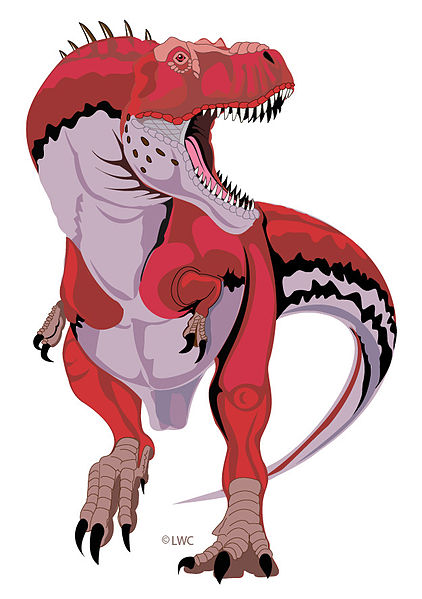
When you say the word extinction most people think of humans as the culprit. There is no question that some of the things humans have done contribute to endangering some plants and animals, but sometimes a species will become extinct due to reasons completely unrelated to human activity.
Since the dawn of time many species have come and gone due to completely natural conditions. For example, the dinosaurs never had to deal with man made pollution, human caused habitat loss, or over consumption by early cave men.
Recent extinction
From the tiny Christmas Island pipistrelle bat that is only an inch long to the massive Chinese paddlefish that sometimes weighed as much as 1000 pounds, size doesn’t matter. When pollution weakens or kills animals, habitat is destroyed, unnatural predators are introduced, or food supplies are reduced by competition from non-native animals.

The Christmas Island pipistrelle is the most recent extinction with the last surviving bat dying on August 27, 2009.
Scientists are puzzled by the loss of these bats because they lived on an Australian island that was mostly protected National Park property with an abundance of insects for the bats to eat. Their best guess is that introduced rats, cats, and snakes became predators that the pipistrelle had no natural defense against.
Endangered means there’s still time, extinct means they’re gone forever.
As we discuss in the Dodo game (below), once people identify that a species is endangered, they can make an effort to help them recover. To do this, a ‘Recovery Plan” needs to be made. In the United States these plans are set by the US Fish and Wildlife Service and are intended to reverse the decline of an endangered or threatened species. If the plan works, the species will be removed from the list.
There are numerous success stories where plants and animals have been allowed to recover to the point that they are no longer under serious threat of extinction. The California condor is one example.

Condors are the largest flying land bird in North America with a wing span of over nine feet and weigh about 20 pounds.
Condors usually don’t mate until they are six years old. They raise a single baby every two years. Because they have such a slow reproductive rate, they have a hard time maintaining a healthy population. Any negative outside influence can easily wipe out years of breeding efforts.
The condor recovery plan called for the capture of all remaining birds to start a captive breeding program. On Easter Sunday 1987 the last wild condor was captured. At that time there were only 22 living California condors in the world.
Caretakers at the San Diego Wild Animal Park and the Los Angeles Zoo fooled the condors by removing the first egg they laid and raising it by feeding it with condor puppets. The birds raised their second egg and the program was up and running.
By November of 2010 there were 381 living condors with 192 living in the wild. The program is helping bring the condor back from the brink of extinction, but it has been a difficult and expensive process. Rough estimates put the total price of the recovery effort at about $2 million per year, but how much is saving a species worth?
Condor numbers are steadily increasing, but far from the goal of having two self sustaining populations of 150 birds.
Some of the threats to wild condors include golden eagles, electrocution on power lines, flying into wind turbines and lead poisoning. Since condors eat mostly animals that have died from other causes, they often eat animals or animal remains from legal hunting activities. These remains can have bullet fragments in them and most bullets have a lead core. When condors eat these lead particles it can result in symptoms of lead poisoning. Hunters that frequent areas where the condors can be found are, for the most part, voluntarily using ammunition that contains no lead in an effort to help condor recovery.

Animals that have become extinct since 2000
Animal
| Last Sighting
|
|---|---|
Christmas Island Pipistrelle
| August 27, 2009
|
Chinese Paddlefish
| January 8, 2007
|
Yangtze River Dolphin
| August 19, 2007
|
Po'o-uli
| November 28, 2004
|
Vine Raiatea Tree Snail
| 2002
|
Pyrenean Ibex
| January 6, 2000
|
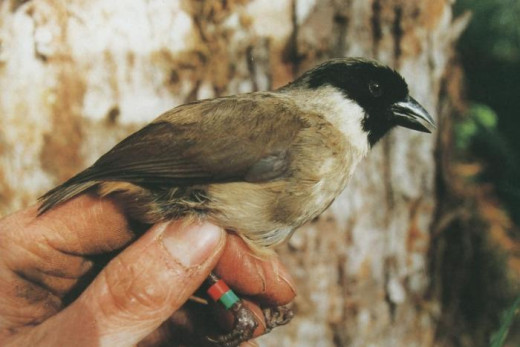
The Po’o-uli or Black-faced Honeycreeper was native to Hawaii. A combination of factors resulted in its extinction. Habitat destruction, disease, competition for food with introduced rats and garlic snails and predation by introduced rats, and cats all played a part in the permanent loss of this chunky snail and insect eating bird.
The Honey Bee Principle: How can I help?
Scientists have learned that a single honey bee will produce about 1/12 teaspoon of honey in its lifetime. That seems pretty insignificant, but when you consider the hundreds of bees in a hive and add up all of those 1/12 teaspoons it adds up to a significant amount of honey. So it is with us in our efforts to help our environment.
Our individual efforts may seem insignificant, but if everybody pitches in and does a little it will add up to a worthwhile worldwide effort.
It all starts with you.

One of the most important ways to help threatened plants and animals survive is to protect their habitats. Much of the habitat for endangered species is now protected as National Parks or wilderness areas.
When you visit these areas be sure to obey the rules, follow fire guidelines and leave your pets at home or keep them on a short leash.
Leave all the natural things you see as you found them and pick up all the trash you see. Many areas set aside for wildlife have groups that work to help preserve and improve habitat. you can join one of these groups if you want to help.
Following common sense rules that are good for the environment will also help endangered species, right along with all those that aren’t fighting extinction.
- Encourage your family to take public transportation. Walk or ride bicycles rather than using the car.
- Save energy by turning off lights, radios and the TV when you are not using them.
- Turn off the tap while you brush your teeth and use water-saving devices on your toilet, taps and shower head.
- Reduce the amount of garbage and waste your family produces.
- Recycle your toys, books and games by donating them to a hospital, daycare, nursery school or children's charity.
- Encourage your family to shop for or grow their own organic fruits and vegetables.
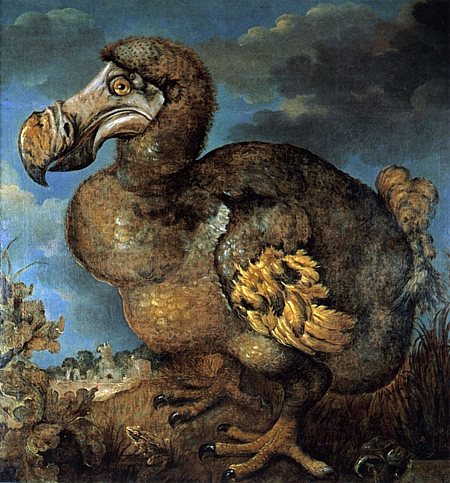
Dodo Activity
The Dodo game
The dodo was a funny looking bird that lived on the Mauritius Island in the Indian Ocean. These birds lived and nested on the ground. In fact, they were too heavy for their stubby wings to carry them, so they couldn’t fly. They ate mostly fruit and seeds and lived happily on their island without any natural enemies.
When humans discovered the island in the mid 17th century, they brought dogs, pigs and other animals with them. These animals, especially the pigs, loved to eat dodo eggs and it wasn’t long before the dodo was extinct.
In the Dodo game we’ll use dice to represent the population of dodos on Mauritius Island.
What you’ll need:
20 dice - Pencil - Dodo graphs (below)
How to play:
Have the kids take turns rolling all 20 dice. after the throw check the numbers and follow the instructions in the table below for each number as described in the table.
Record the number of dodos in your flock on the graph by filling in a square for each die remaining. Continue the cycle for 20 times, representing 20 years.
Now the island has been discovered and people have brought their dogs and pigs with them. Play the game through 20 years again, but follow the new instructions in the lower table.
Record the results of each year by filling in a square for each dodo in your flock.
What made your flock grow?
What made it get smaller?
How are the first and second graph different?
How did the introduction of an invasive species (dogs and pigs) effect the flock?
What could the people have done to prevent the extinction of the dodo?
Why do you think they didn’t?
*NOTE* If you don’t have 20 dice, you can roll a smaller number repeatedly to equal 20 total rolls. By writing down the numbers rolled you can accomplish the same results as rolling 20 dice one time each.
Without invasive species
If your die shows
| This represents
| You should
|
|---|---|---|
1
| Death by starvation
| Remove the die from the flock
|
2
| Died of old age
| Remove the die from the flock
|
3
| Hatched a baby Dodo
| Add a die to the flock
|
4, 5 or 6
| Survived to live another year
| Leave the die in the flock for the next round
|
With invasive species
If your die shows
| This represents
| You should
|
|---|---|---|
1
| Death by starvation
| Remove the die from the flock
|
2
| Died of old age
| Remove the die from the flock
|
3
| Hatched a baby Dodo
| Add a die to the flock
|
4 or 5
| Survived to live another year
| Leave the die in the flock
|
6
| Killed by invasive species
| Remove the die from the flock
|
